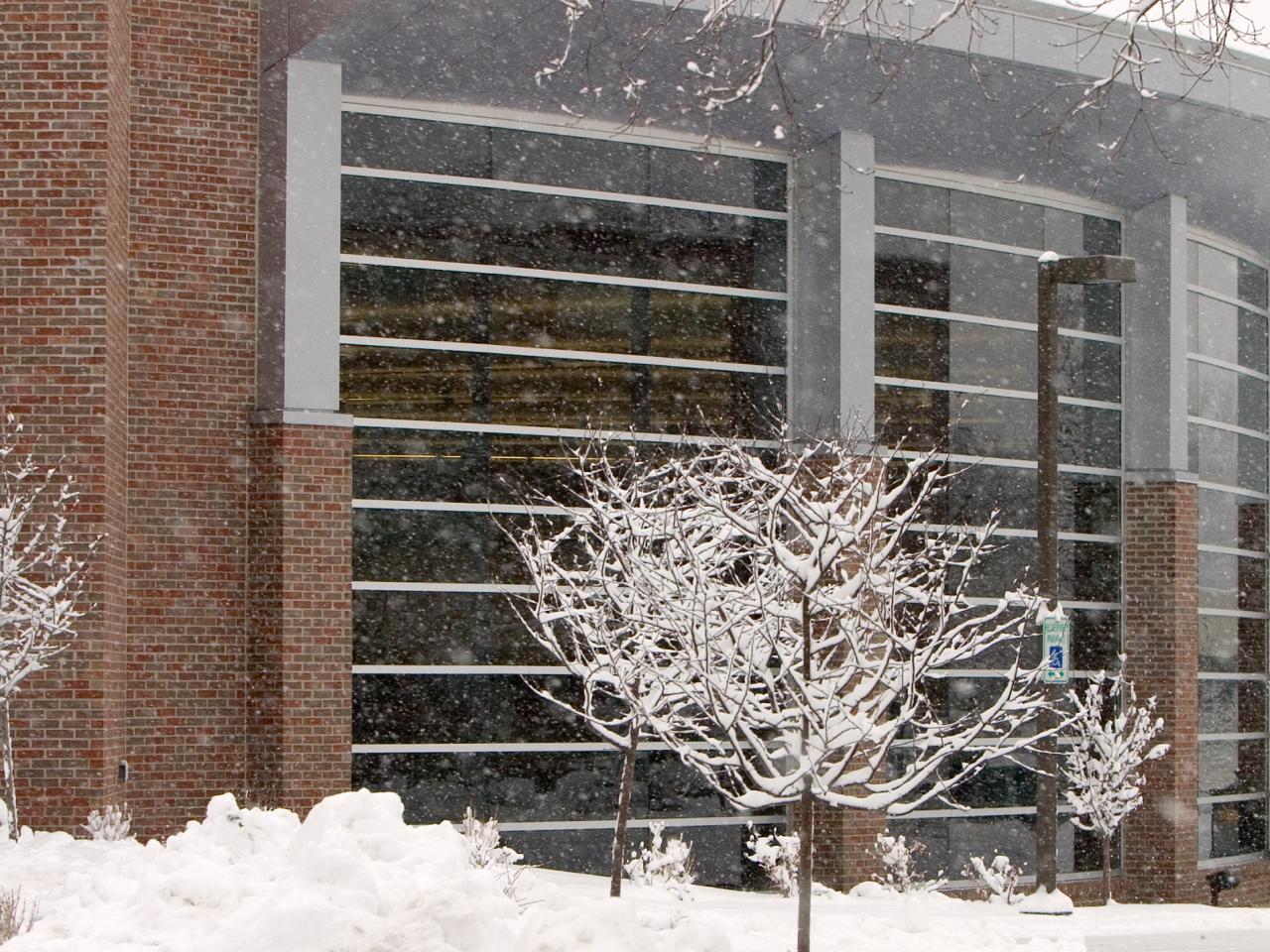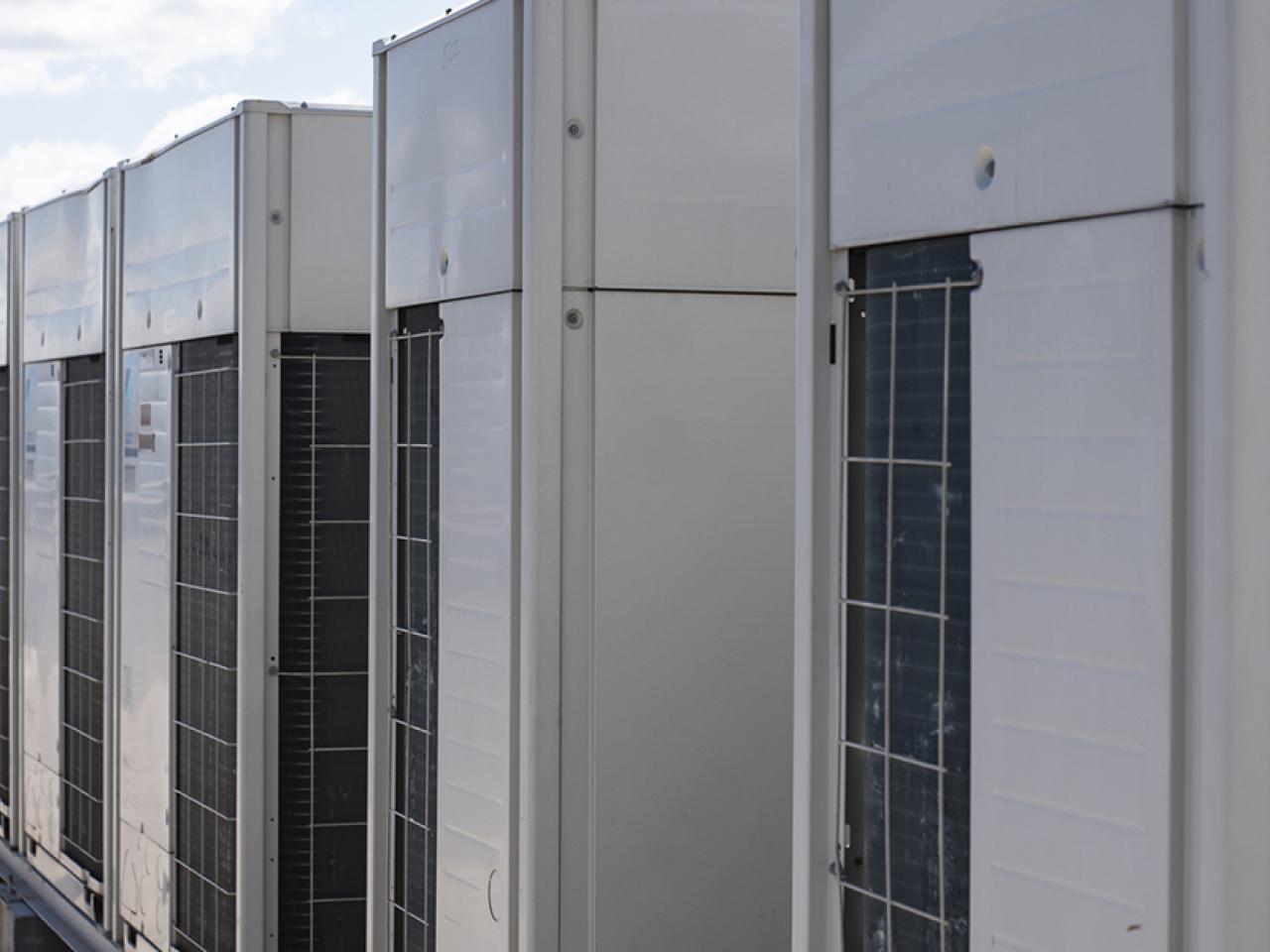HVAC electrification at a commercial scale
To optimize building performance, especially in commercial buildings, we often look at one of the biggest sources of energy use: the HVAC system. With the rising popularity of heat pumps and other forms of beneficial electrification in residential buildings, can we adopt an equivalent approach for commercial buildings? One solution is known as variable refrigerant flow (VRF)—an all-electric alternative to traditional HVAC systems that can make a building more efficient, reduce its carbon emissions, and prepare it for the clean energy future.
VRF: Featured stories
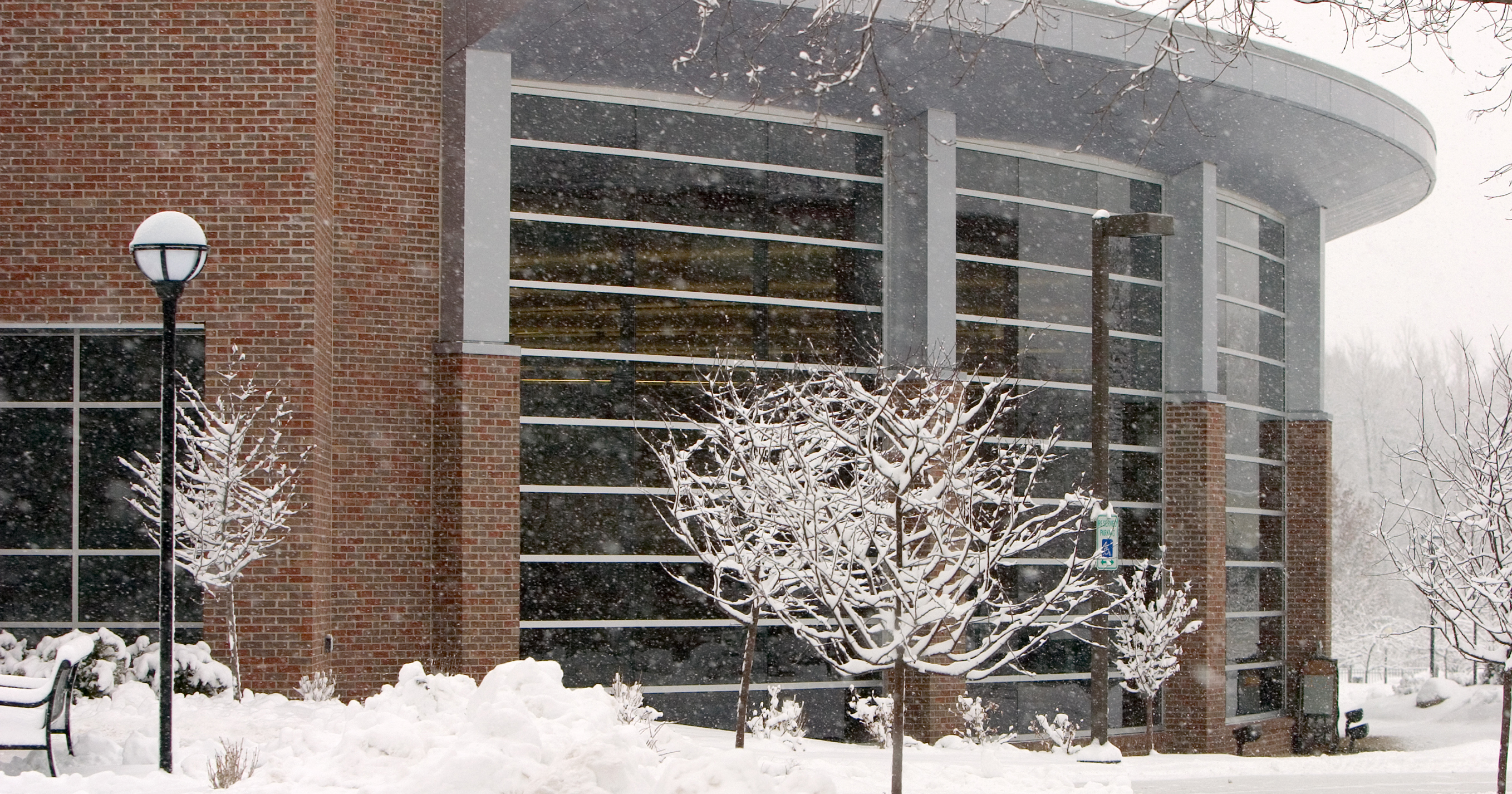
Studying the effectiveness of cold-climate VRF in the Midwest.
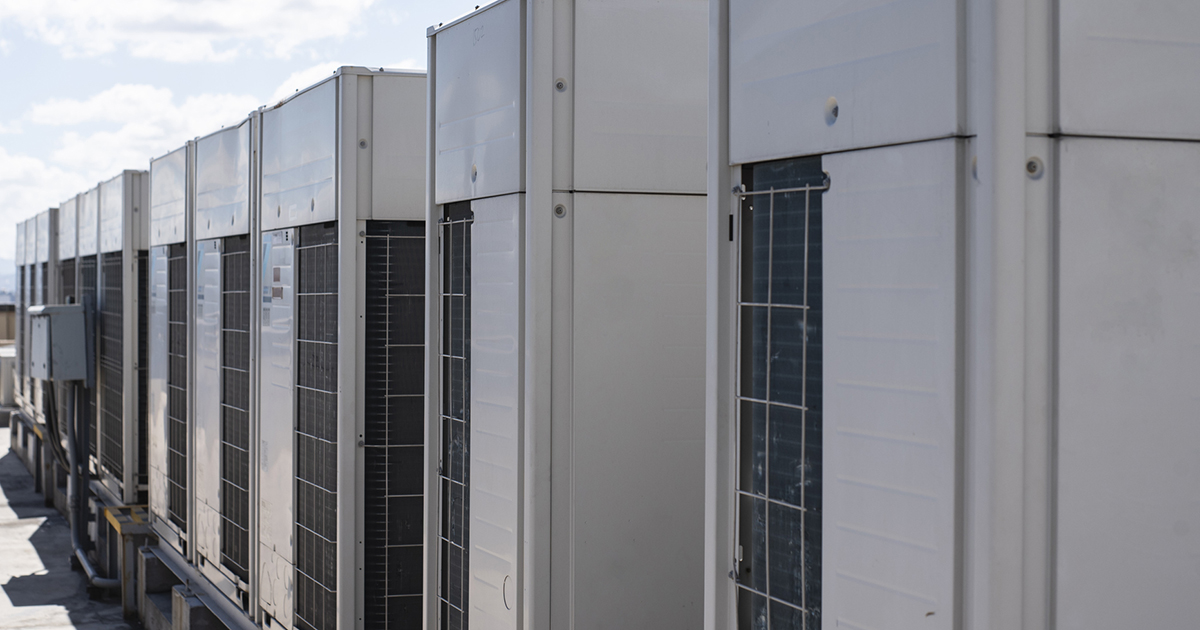
A report on cold-climate VRF for MECA in Michigan.

Understanding the market barriers and cost savings for a VRF program framework in Wisconsin.
More work on VRF
What is variable refrigerant flow (VRF)?
Typically variable refrigerant flow systems use electric air or water source heat pumps to provide space heating and/or cooling to a building. By moving heat throughout a building via refrigerant, rather than water or air, VRF uses energy more efficiently.
VRF systems can also condition multiple zones in a building (hence the "variable"), each of which may have different heating and cooling needs. Using sophisticated control technologies, VRF systems have the ability to modulate the amount of refrigerant sent to each zone independently and in tune with the varying heating or cooling demands, thereby reducing energy waste.
Benefits of VRF
- In our estimation, VRF systems are three to four times more energy efficient than gas heating. As we move toward a fully renewable grid, electrified buildings will be better prepared for the clean energy future.
- As opposed to traditional HVAC systems, VRF has several non-energy impacts that contribute to occupant comfort, including reduced noise and improved indoor air quality.
- While air source VRF systems perform best in moderate climates, much of our research has focused on VRF as a solution for cold climates.
How it looks:
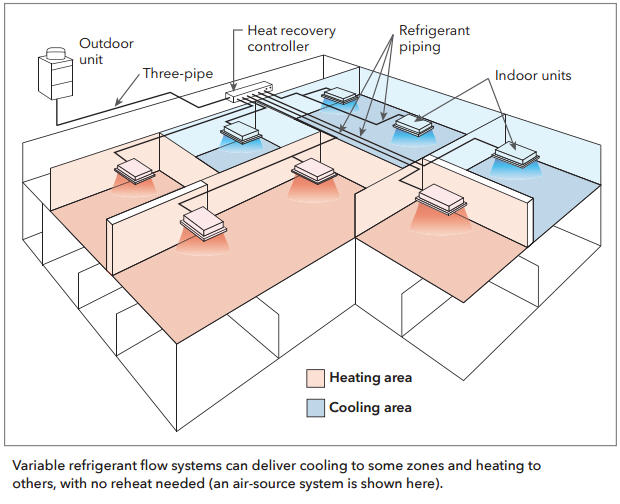
See also
Webinar: EMPOWERED Solutions: Cold Climate Air Source Heat Pumps—Efficacy and Building Readiness, with a presentation on VRF from Slipstream's Kevin Frost
